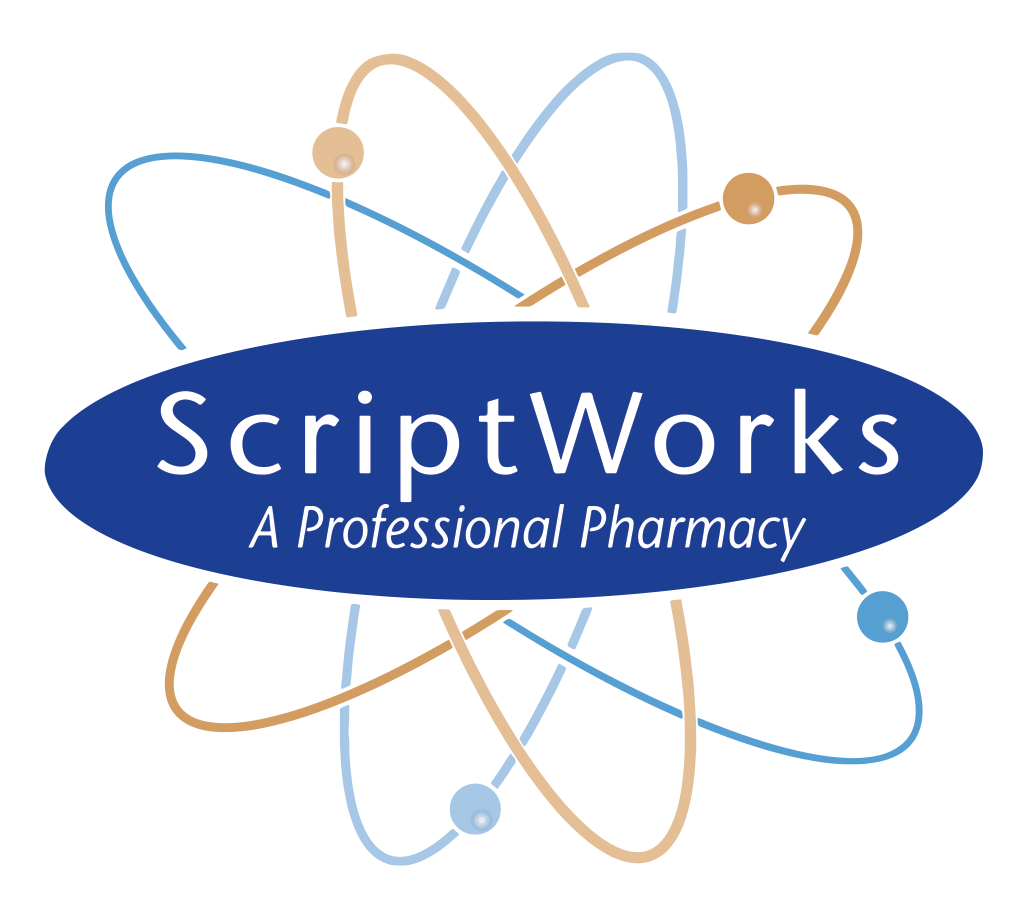ScriptWorks Pharmacy Celebrates Continued ACHC and PCAB Accreditation

ScriptWorks Pharmacy is proud to announce that it has once again achieved accreditation for both the Accreditation Commission for Health Care (ACHC) and the Pharmacy Compounding Accreditation Board (PCAB).
Elevating Animal Care with ScriptWorks: California’s Local Veterinary Compounding Pharmacy

As a trusted local veterinary compounding pharmacy based in Walnut Creek, California, we’ve dedicated ourselves to providing custom medications that help improve the health and well-being of animals across the state.
Why CA Docs Prescribe Low Dose Naltrexone (LDN) for Fibromyalgia, Multiple Sclerosis, Crohn’s Disease, and Chronic Pain?

Compounded at significantly lower doses (typically 0.5 mg to 4.5 mg) than standard naltrexone used for opioid addiction, potential LDN benefits may include addressing conditions involving inflammation, immune dysfunction, and chronic pain.
Menopause & Weight Gain: Estrogen’s Connection to GLP-1 Agonists

Menopause is a natural phase of life that often brings significant hormonal shifts. One of the most common challenges faced by women during this time is weight gain, which affects approximately 70% of menopausal women. Beyond aesthetics, this weight gain often correlates with changes in body composition, such as increased abdominal fat and reduced muscle mass, which carry broader health implications.
Compounded Sublingual GLP-1 Guide: California Compounding Pharmacy

California residents facing challenges related to diabetes, obesity, and the many health conditions associated with being overweight may find compounded medications like GLP-1. ScriptWorks now provides another option; a tested sublingual suspension that is easily administered under the tongue.
Bioidentical Hormone Replacement Therapy for Men: Testosterone Therapy

To a great degree, we are who we are because of the hormones produced in our body. From our sexuality to our physical and mental development to the state of our overall health, having our hormones working properly is vital. Hormones in the body act as a symphony — different hormones playing their own tune all together to achieve optimal health.
New Research Revelation: Bioidentical Hormone Replacement Therapy (BHRT) for Postmenopausal Women

A new review published in JAMA on May 1, 2024, sheds light on hormone replacement therapy (HRT) for postmenopausal women, offering updated insights into its potential and risks.
CA Patient Guide to Erectile Dysfunction: Prescription & Supplements for ED

Erectile Dysfunction (ED) may be difficult to address for many men. Learn how our compounds could be the answer.
The Ultimate Compound Rx Guide: How California Practitioners Prescribe Compounded Medications

Compounding pharmacies play a critical role in healthcare, especially for patients in California with unique medical needs and conditions that are not responding to commercial, mass-produced drugs.
PCCA Veterinary Symposium: A Spotlight on Veterinary Compounding

Last April 19, 2024, the National Cowboy and Western Heritage Museum in Oklahoma City hosted the PCCA Veterinary Symposium. The conference featured renowned speakers from the veterinary and pharmaceutical fields, such as Brad Minson, Deborah Clark, A.J. Day, Chris Simmons, and ScriptWorks’ very own Matt Brensel, PharmD. Matt’s lecture this year is about Veterinary Compounding, Developing Relationships with Veterinarians, and Business Development Aspects of Our Pharmacy.
